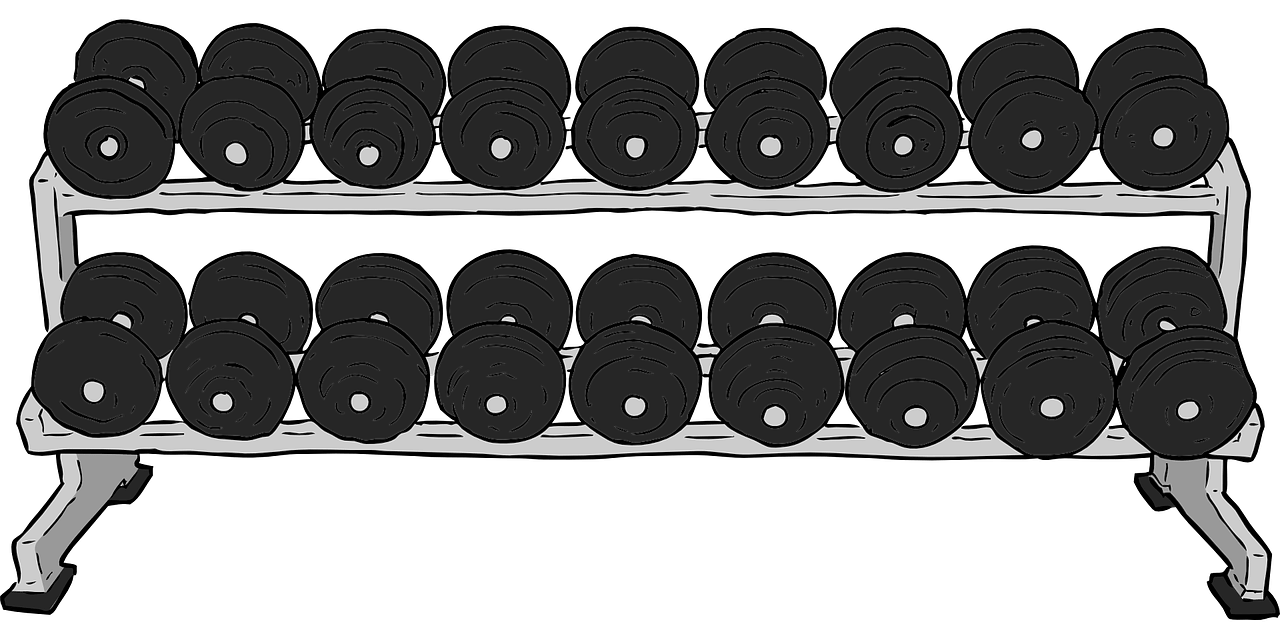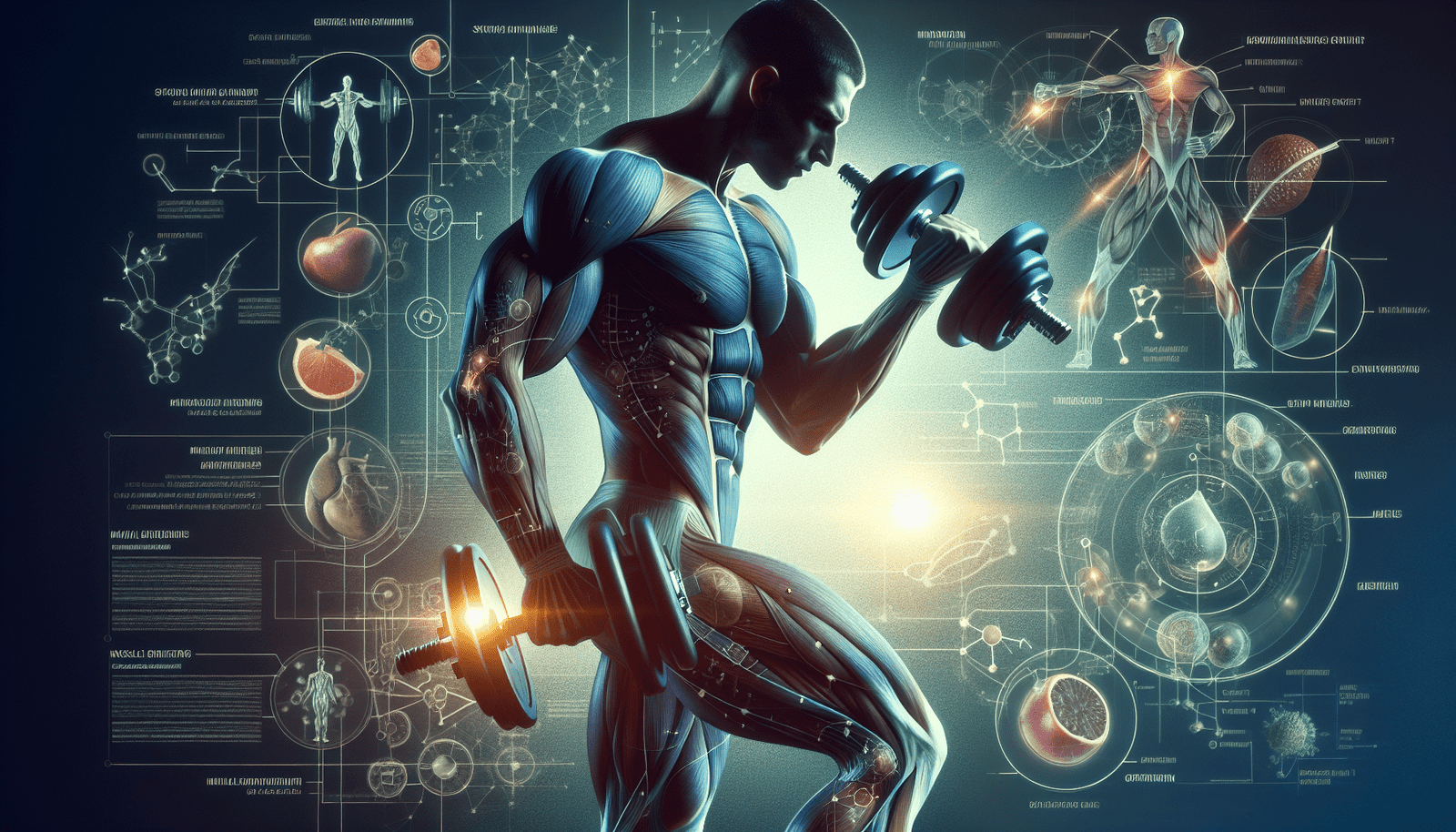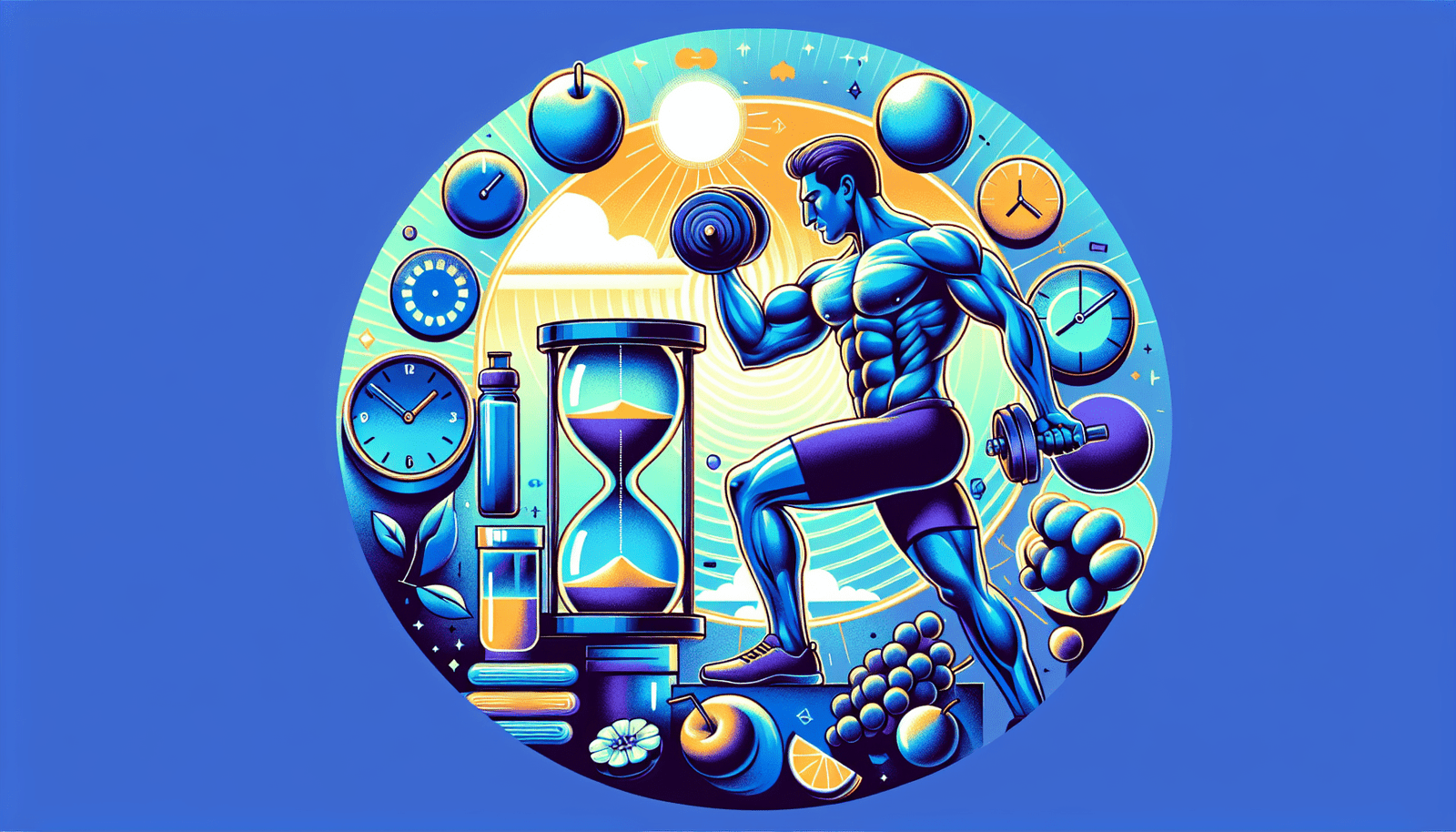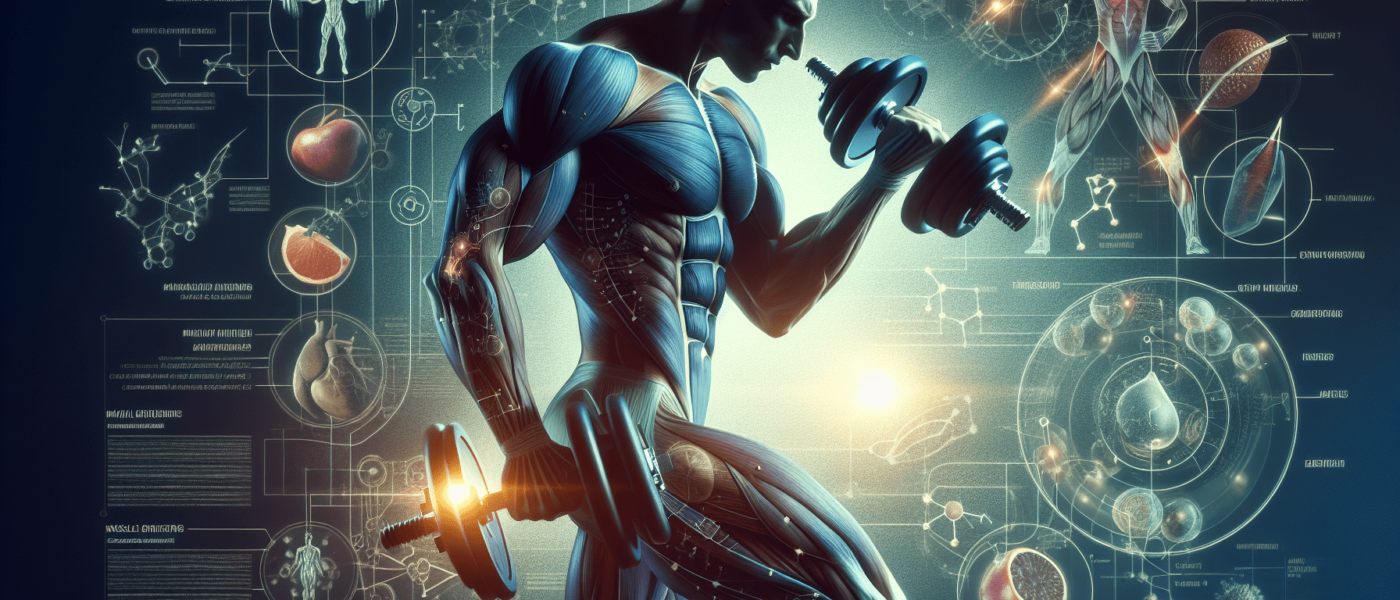Effective Guide: How to Build Muscle with Short Workouts
Muscle building doesn’t always require endless hours at the gym, believe it or not. This article, “Effective Guide: How to Build Muscle with Short Workouts”, presents you with a step-by-step guide on how to pack on muscle without draining away your days. By challenging conventional wisdom, it explores how shorter, more intense workouts can actually be more effective for muscle building. Brimming with expert tips, workout examples, and frequently asked questions, this guide aims to revolutionize your fitness routine. Prepare to achieve your muscle-building goals without compromising your time.
Understanding the Muscle Building Process
To build muscle effectively, it’s crucial to understand the behind-the-scenes process. Your body doesn’t just sprout new muscles after a workout; it’s a bit more complicated than that.
How muscles grow through resistance training
Muscles grow through a process called muscle protein synthesis. When you lift weights, you’re actually causing small tears in your muscle fibers. After your workout, your body repairs these tears, leading to muscle growth. This is called hypertrophy. The more resistance you add, the larger your muscles can grow.
The Role of Diet in Muscle Building
Your body needs fuel to repair and build muscle. That’s where your diet comes in. A diet rich in protein provides the necessary amino acids for muscle protein synthesis. Additionally, carbs offer the energy your muscles need to work effectively, and fats contribute to hormonal health, which can influence muscle growth.
Importance of rest for muscle recovery and growth
Rest is an underrated aspect of muscle growth. During sleep, your body releases human growth hormone (HGH), which plays a key role in muscle development. Additionally, rest days allow your muscles to repair themselves and become stronger.
Facts about building muscle mass
Building muscle isn’t a one-size-fits-all process. It depends on various factors like your genetics, age, sex, and workout intensity. Also, muscle building involves more than just lifting weights; it also requires a balanced diet, adequate rest, and proper form during workouts.
The Impact of Short, High-Intensity Workouts
Believe it or not, spending hours in the gym isn’t the only way to build muscle. Short, high-intensity workouts can also be quite effective.
Research findings on short but intense workouts
Research has shown that short, high-intensity workouts can lead to similar muscle gains as longer, low-intensity workouts. How? It goes back to the tear-and-repair process. High-intensity workouts cause more muscle damage, leading to greater muscle repair and growth.
Pros and cons of high-intensity interval training
High-intensity interval training (HIIT) is a workout style that involves periods of intense exercise and short rest intervals. It can help build muscle and improve cardiovascular health. But it’s important to approach HIIT carefully as the intensity can increase your risk of injury if not properly executed.
Understanding how short workouts can lead to muscle gain
In short workouts, you’re pressing your muscles to their limits in a short span. This bursts can maximize muscle damage and, consequently, muscle growth. However, remember that the muscle growth won’t happen overnight — consistency is key.

Exercise Selection for Building Muscle
Choosing the right exercises can make all the difference in your muscle-building journey.
Choosing exercises that target multiple muscle groups
To get the most out of your workouts, focus on exercises that target multiple muscle groups, known as compound exercises. This will not only optimize your workout efficiency but also promote better hormonal responses, leading to superior muscle growth.
Benefits of compound exercises
Compound exercises, like squats, lunges, bench presses, and deadlifts, work multiple muscles at once. This allows you to lift more weight and stimulate more muscle fibers — leading to greater muscle growth.
Examples of muscle-building exercises
Some effective muscle-building exercises include push-ups, pull-ups, squats, deadlifts, and lunges. For upper body, consider bench presses, rows, and overhead presses. For lower body, squats and lunges are unbeatable.
Designing an Effective Short Workout routine
To reap the benefits of short workouts, you need to design an effective routine.
Creating a balanced workout routine
A balanced workout routine includes a mix of exercises that target all major muscle groups. This helps prevent muscle imbalances, which can lead to injury and hinder your progress.
Factoring in one’s fitness level and goals
Your workout routine should reflect your fitness level and goals. If you’re new to resistance training, begin with lighter weights and simple exercises. As you become stronger, gradually increase the intensity.
Importance of including warm-ups and cool-downs
Don’t forget to include warm-ups and cool-downs in your routine. A proper warm-up prepares your body for exercise, reducing your risk of injury. Meanwhile, a cool-down helps gradually lower your heart rate and stretch your muscles, aiding in recovery.

Implementing Progressive Overload
Progressive overload is a key concept in muscle building. It means you must continually increase the demands on your muscles to make them grow.
Concept of progressive overload for muscle gains
In simpler terms, if you want your muscles to grow, you have to continuously challenge them. This could mean increasing the weights you’re lifting or the number of reps or sets you’re doing.
Ways to incorporate progressive overload in workouts
There are multiple ways to implement progressive overload in your workouts. These include increasing the weight you’re lifting, increasing the number of sets or reps, reducing rest time between sets, or changing the exercises you’re doing.
How to safely increase workout intensity
Although progressive overload is essential for muscle growth, it’s important to increase workout intensity safely. Listen to your body and take it slow. Don’t increase the weights too rapidly, and always prioritize proper form over lifting heavier.
Understanding the Role of Nutrition
Nutrition plays a vital role in muscle growth. It provides the fuel for your workouts and the nutrients for muscle repair.
Essential nutrients for muscle building
Protein is the star nutrient for muscle building. It’s essential for muscle repair and growth. Besides protein, carbohydrates provide energy for workouts, and fats are involved in hormone production.
Nutrient timing and its impact on muscle growth
When you eat can be as important as what you eat when it comes to muscle growth. Eating a protein-rich meal after a workout can maximize muscle protein synthesis and enhance recovery.
Healthy meal and snack ideas for muscle building
Fuel your workouts and support muscle growth with balanced meals that include sources of protein, carbs, and fats. Consider options like grilled chicken with sweet potatoes, salmon with quinoa, or Greek yogurt with fruit.

Importance of Sleep and Recovery
For muscle growth, it’s not just about what you do in the gym but also what you do outside of it.
Relation of sleep with muscle recovery and growth
Sleep plays a key role in muscle recovery. During sleep, your body produces growth hormone, which aids in muscle repair and growth. Plus, sleep helps reduce cortisol, a stress hormone that can inhibit muscle growth.
Tips for enhancing recovery and preventing overtraining
To enhance recovery and prevent overtraining, listen to your body. If you’re feeling overly fatigued, take a rest day. Incorporate stretching and foam rolling into your routine to aid muscle recovery.
Role of active recovery in muscle building
Active recovery, or low-intensity exercise on rest days, can promote muscle recovery by improving blood circulation. It can help remove waste products from your muscles and bring in fresh nutrients for repair.
Additional Strategies to Enhance Muscle Growth
Besides workouts, nutrition, and recovery, there are other strategies you can employ to boost muscle growth.
Benefits of hydration for muscle growth
Proper hydration can enhance muscle function during workouts, speeding up recovery and supporting muscle growth.
Supplements that aid in muscle building
Certain supplements, like whey protein, creatine, and branched-chain amino acids (BCAAs), can support muscle building.
Mental strategies for optimizing workouts
Mental strategies, like setting goals, visualization, and maintaining a positive attitude, can enhance workout focus and motivation.

Common Mistakes in Muscle Building Workouts
Recognizing and avoiding common mistakes in muscle-building workouts is crucial for success.
Misconceptions about muscle building
There are many misconceptions about muscle building, like the idea that lifting heavier always equates to bigger muscles. In reality, it’s about the right combination of exercise intensity, frequency, and nutrition.
Errors in workout technique that hinder progress
Errors in workout technique, like improper form or not taking rest days, can hinder your progress and even cause injury. Always keep proper form, take adequate rest, and seek expert advice if in doubt.
Mistakes in diet and lifestyle
A poor diet and unhealthy lifestyle habits, like smoking and excessive drinking, can sabotage your muscle-building efforts. Focus on maintaining a balanced diet and leading a healthy lifestyle.
FAQs about Building Muscle with Short Workouts
How short can a workout be and still be effective?
Research suggests that even 20-30 minutes of high-intensity resistance training can stimulate muscle growth. The key is maintaining intensity and focusing on compound exercises.
There you have it! Hopefully, you’ve gathered some actionable tips and insights for building muscle with short workouts. Remember, consistency is key, and your journey will be unique depending on your body type, lifestyle, and goal. So, stick with it, adjust as you grow, and be patient with yourself! Muscle building is a journey, not a destination.



Pingback: How to Build Muscle in Quick 9 Minute Workouts – Lose Weight With Absolute Minimal Diet – Your All In One Guide to Weight Loss & Nutrition